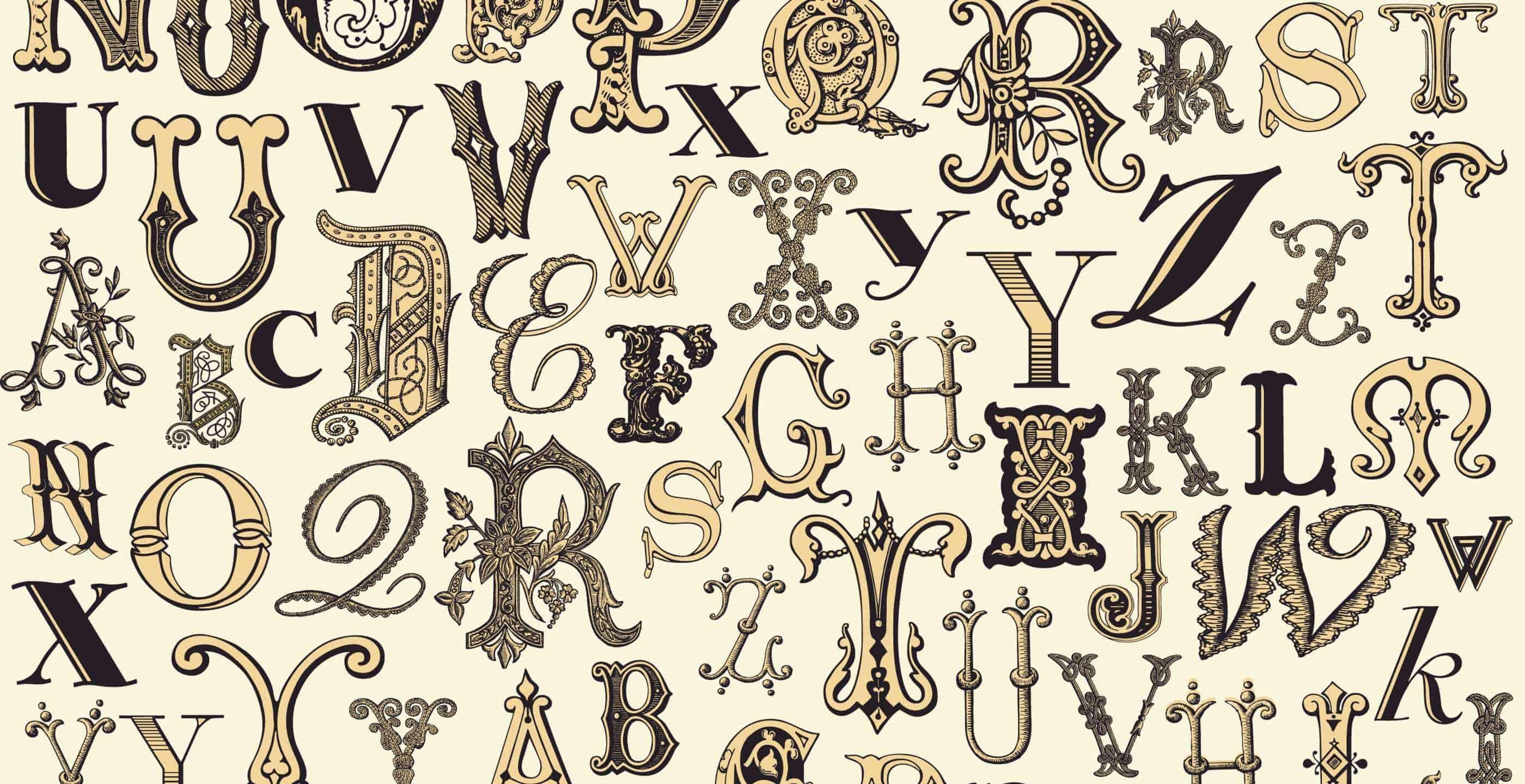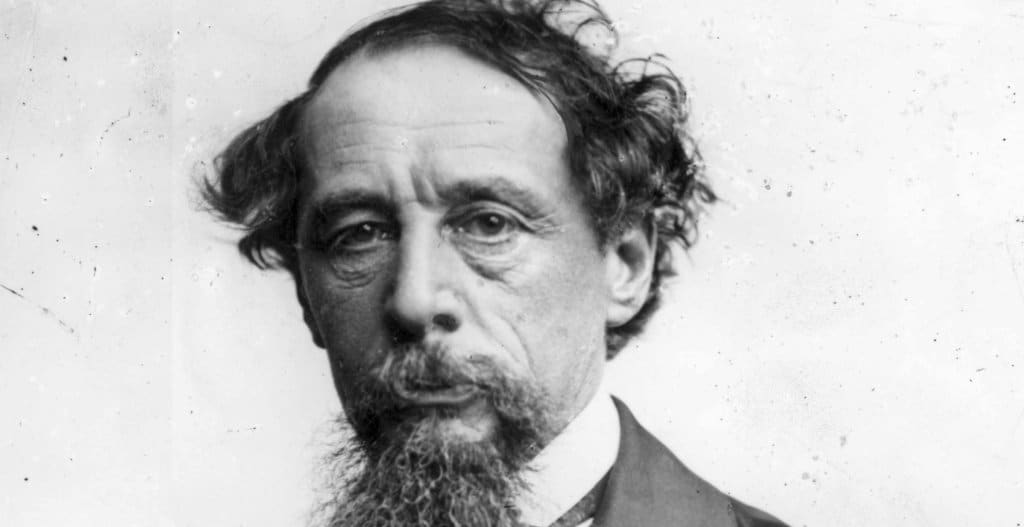What does it mean to have your nose described as aquiline? Is it a good thing to be living in a two-pair back? Is a salmi really something you want to be eating?
British English hasn’t changed a huge amount since the Victorian times and that is why today you can still read 19th century literature with relative ease. However, of the words and phrases in common usage during the Victorian era (including many with much older origins), a large proportion have since fallen out of use and revisiting some of them provides a fascinating insight into Victorian life and psychology.
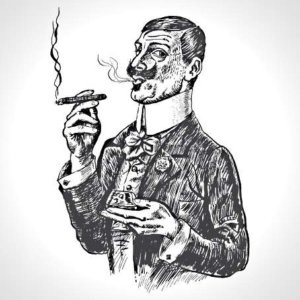
One area where the Victorians seemed to have a wealth of descriptions was when describing your face, also called a visage, countenance or phiz. This was an area they took great interest in and believed certain facial features could give an insight into your character. Some of the Victorian descriptions were quite complimentary, like the Athenian mouth or the Cairngorm eye in Charlotte Brontë’s ‘Jane Eyre’. Your nose could be described as Roman (if it had a high bridge), Aquiline (like an eagle) or Coriolanian (like Coriolanus’). But these just scratch the surface, if you read works by Dickens and Thackeray, you will soon see the wealth of facial descriptions which are more often than not uncomplimentary and come with an incredible level of inventiveness. It is one thing to have your face compared to an apple, but one poor character in ‘The Battle of Life’ has his described as “streaked like a winter pippin, with here and there a dimple to express the peckings of the birds”. An older person in ‘Somebody’s Luggage’ is lucky enough to be described as having an “amiable old walnut-shell countenance” and Marley in ‘A Christmas Carol’ has a face “like a bad lobster in a dark cellar”.
Dickens was definitely the king at this sort of thing: who wouldn’t want their face to be described by him as “a crooked-featured piece of workmanship”. You’re forgiven for thinking he only made these descriptions of the characters in his books because in his works of non-fiction, there are equally uncomplimentary descriptions of people he met in real life. A merchant he encountered was said to have “a flat and cushiony nose, like the last new strawberry” and relating an acquaintance’s story, a woman in a baker’s shop was described as “a hard little old woman with flaxen hair, of an undeveloped farinaceous aspect, as if she had been fed upon seeds”.
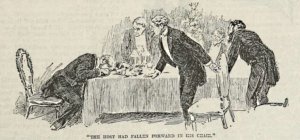 When someone compares your face to an Abernethy biscuit
When someone compares your face to an Abernethy biscuit
But it wasn’t just when comparing your face to various uncomplimentary things that the Victorians had a different vocabulary. A two-storey building was described as a “one-pair of stairs” or just a “one-pair”, a three-storey building was a “two-pair” and so forth. If you were renting a room in one of these buildings, either at the front or back of the building it could be described as your “two-pair back” or “four-pair front”. The front door was the street door and all internal doors were room doors.
There was also a tendency in the Victorian times to name things with a regard to their origin. There was Morocco leather, Swedish bark, Berlin gloves, Ulster coats, Welsh wigs and Kidderminster carpet to name a few.
With regard to food and drink, gin was often called Hollands (as a result of its coming to Britain via the Netherlands) and foie gras was known as Strasbourg pie when it was encased in pastry. In this same vein, there were other commonplace foods at this time which have pretty much disappeared from Britain today, such as Kromeskis (a type of potato croquette), the Anglo-Indian Mulligatawny soup and Salmi (a type of game casserole).
With alcohol there was rumshrub, also just called shrub which was made with rum and one or more citrus fruits, rack punch made with the Oriental spirit arrack and there was the mulled wine Smoking Bishop as featured in ‘A Christmas Carol’.
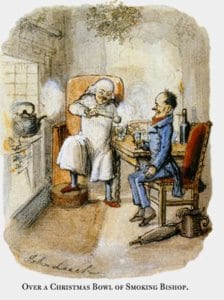
This is only the tip of the iceberg, as there are hundreds more words and phrases that although in common usage in the 19th century, are all but forgotten today. So next time you sit in your Windsor chair with a tantalus full of rumshrub and stick your Roman nose into a book of Victorian literature, keep an eye out for the unusual words and phrases!
James Rayner studied English and Caucasus Studies as a B.A. between the University of Iceland and the University of Malmö in Sweden. He still lives in the village of his birth on the Isle of Wight and is trying to find his direction in life.
